HTC Announces New Phones For U: HTC U Play and HTC U Ultra
by Matt Humrick on January 12, 2017 3:30 AM EST- Posted in
- Smartphones
- HTC
- Mobile
- Snapdragon 821
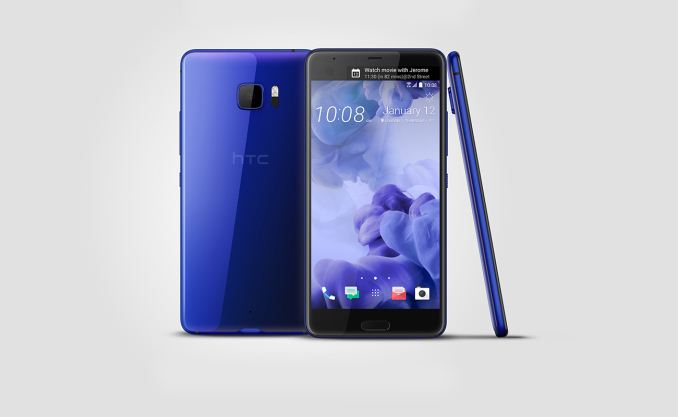
HTC added two new smartphones to its lineup today: the HTC U Play and HTC U Ultra. Both phones use an aluminum frame paired with a curved glass back, an unusual choice of materials for HTC, which has a reputation for creating nice-looking, aluminum unibody phones. Underneath the rear glass are layers of colored minerals that reflect light in interesting ways and add visual depth, creating what HTC calls a “liquid surface” that gives the phones an iridescent sheen. Each phone comes in four different colors: Brilliant Black, Cosmetic Pink, Ice White, and Sapphire Blue.
Both phones have a single-piece volume rocker and highly textured power button on the right edge. There’s also a single downward-firing speaker and a microphone on the bottom edge. Unlike most phones that use a symmetrical pattern of slits to conceal these components, the HTC U phones just use a small circular hole for the microphone. Neither phone includes a 3.5mm headphone jack, instead using the USB Type-C port for audio.
The smaller U Play comes with a 5.2-inch 1080p (423PPI) IPS LCD display that’s covered with Gorilla Glass. The more expensive U Ultra includes HTC’s “Dual Display” that combines a larger 5.7-inch 1440p (515PPI) IPS LCD with a secondary 2.0-inch 160x1040 IPS color LCD in the upper bezel, similar to LG’s V20. This secondary screen displays contextual shortcuts to favorite contacts or apps, reminders, and notifications among other things.
The HTC U Play has a 16MP rear camera with phase detect autofocus (PDAF) and optical image stabilization (OIS) paired with an f/2.0 lens that has a wide-angle 28mm equivalent focal length. The circular camera module sits proud of the rear glass and has a circular dual-tone LED flash offset to one side. Around front is a 16MP selfie camera that uses an UltraPixel branded sensor with larger pixels to boost low-light performance. It also has an f/2.0 lens and a wide-angle 28mm equivalent focal length that’s useful for squeezing more people into a group shot. Both the front and rear cameras have an automatic HDR mode that improves dynamic range for scenes with dark shadows and bright lights without user intervention.
The HTC U Ultra’s front-facing camera is similar to the U Play’s, but the rear camera uses a 12MP sensor with larger 1.55µm pixels. While the specifications are similar to the HTC 10’s rear camera, which generally produces high-quality images and uses the Sony IMX377 Exmor R sensor, the U Ultra is likely using the Sony IMX378 Exmor RS sensor that’s found in Google’s Pixel phones, because it includes an upgraded hybrid autofocus system that combines PDAF with laser AF, which the IMX377 sensor does not support, to improve performance over a broader range of lighting conditions. The U Ultra’s rear camera has OIS to help remove hand shake during long-exposure shots and is paired with a larger aperture f/1.8 lens that should help it capture more light. The U Ultra’s rear camera module is square and sticks out farther than the U Play’s camera, which is likely a consequence of using a lens with a larger aperture.
Both phones have a pill-shaped, capacitive-touch fingerprint scanner on the front that doubles as a home button, with capacitive navigation buttons to either side. The fingerprint sensor and buttons are not centered in the lower bezel, however. Instead, they sit very close to the lower edge, making them a little harder to use. While we have not seen inside these phones yet, this design concession is likely to make room for the display/touch controller(s). Other OEMs have found ways to relocate these components to reduce bezel size or make room for navigation buttons, but HTC does not appear to be using those methods here.
| HTC U Play | HTC U Ultra | |
| SoC | MediaTek Helio P10 (MT6755) 4x Cortex-A53 @ 2.0GHz 4x Cortex-A53 @ 1.1GHz Mali-T860MP2 |
Qualcomm Snapdragon 821 (MSM8996 Pro AB) 2x Kryo @ 2.15GHz 2x Kryo @ 1.59GHz Adreno 530 |
| RAM | 3GB / 4GB LPDDR3 | 4GB LPDDR4 |
| NAND | 32GB / 64GB (eMMC 5.1) + microSD (SDXC) |
64GB / 128GB (UFS 2.0) + microSD (SDXC) |
| Display | 5.2-inch 1920x1080 IPS LCD | 5.7-inch 2560x1440 IPS LCD 2.0-inch 160x1040 IPS LCD |
| Dimensions | 145.99 x 72.9 x 3.50-7.99 mm 145 grams |
162.41 x 79.79 x 3.60-7.99 mm 170 grams |
| Modem | MediaTek (Integrated) 2G / 3G / 4G LTE (Category 6) FDD-LTE / TD-LTE / WCDMA / GSM |
Qualcomm X12 LTE (Integrated) 2G / 3G / 4G LTE (Category 12) FDD-LTE / TD-LTE / WCDMA / GSM |
| SIM Size | 1x / 2x NanoSIM | 1x / 2x NanoSIM |
| Front Camera | 16MP, UltraPixel, f/2.0, 28mm focal length, Auto HDR | 16MP, UltraPixel, f/2.0, Auto HDR |
| Rear Camera | 16MP, f/2.0, 28mm focal length, PDAF, OIS, Auto HDR, dual-tone LED flash | 12MP, 1.55µm pixels, f/1.8, PDAF + Laser AF, OIS, Auto HDR, dual-tone LED flash |
| Battery | 2500 mAh non-replaceable |
3000 mAh non-replaceable |
| Wireless | 802.11a/b/g/n/ac, BT 4.2, NFC, GPS/GNSS | 802.11a/b/g/n/ac, BT 4.2, NFC, GPS/GNSS/Beidou |
| Connectivity | USB 2.0 Type-C | USB 3.1 Type-C |
| Launch OS | Android 7.0 with HTC Sense | Android 7.0 with HTC Sense |
The U Play’s MediaTek Helio P10 SoC includes eight Cortex-A53 CPUs and a Mali-T860MP2 GPU for limited gaming. The U Ultra steps up to a Snapdragon 821 SoC; however, like Google’s Pixel phones, it uses the same peak CPU frequencies as the lower-clocked Snapdragon 820. It’s a curious design choice, but it should not have a noticeable impact on everyday performance.
I would definitely like to see larger batteries in both phones. Inside the U Play’s 3.50-7.99 mm thick chassis is a 2500 mAh battery. For comparison, the smaller 5.0-inch Google Pixel packs a 2770 mAh battery into a 7.3-8.5 mm thick chassis, and the 5.1-inch Samsung Galaxy S7 packs a 3000 mAh battery in its 7.9 mm thick chassis. It’s a similar story for the U Ultra, whose 3000 mAh battery inside a 3.60-7.99 mm thick chassis looks small compared to the 3450 mAh battery in the 0.5 mm thicker but smaller 5.5-inch Pixel XL, or the 3600 mAh battery in the smaller (5.5-inch) and thinner (7.7 mm) Galaxy S7 edge. The U Ultra does include Qualcomm’s Quick Charge 3.0 for rapid charging, while the U Play supports 5V/2A charging.
The U Ultra has a few other upgrades over the U Play too. While it’s possible to use voice commands on both phones to answer calls, dismiss alarms, and send messages, for example, only the U Ultra can respond if it’s asleep with the screen locked, a feature likely enabled by Snapdragon 821’s low-power DSP. HTC’s BoomSound feature is also exclusive to the U Ultra, which uses the earpiece on the front of the phone as a tweeter and the downward-firing speaker for lower frequencies.
The HTC U Play will be available in select markets around the globe in Q1 2017, for an undisclosed price, with options for either 3GB or 4GB of RAM and 32GB or 64GB of internal storage. Meanwhile, the HTC U Ultra, which comes with either 64GB of internal storage and Gorilla Glass 5 covering the front or 128GB of storage and harder sapphire glass, is available for pre-order in the US January 12, exclusively at htc.com, starting at $749. It comes unlocked and is compatible with AT&T and T-Mobile networks.






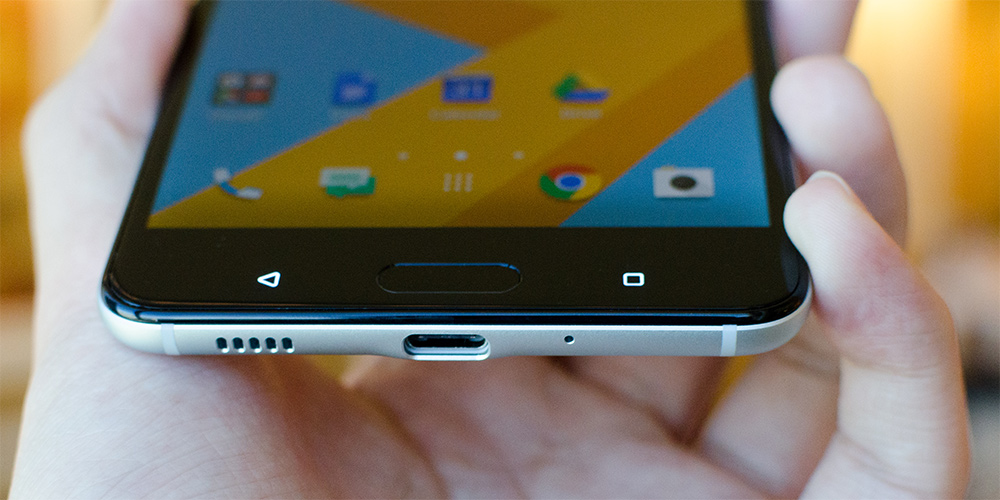
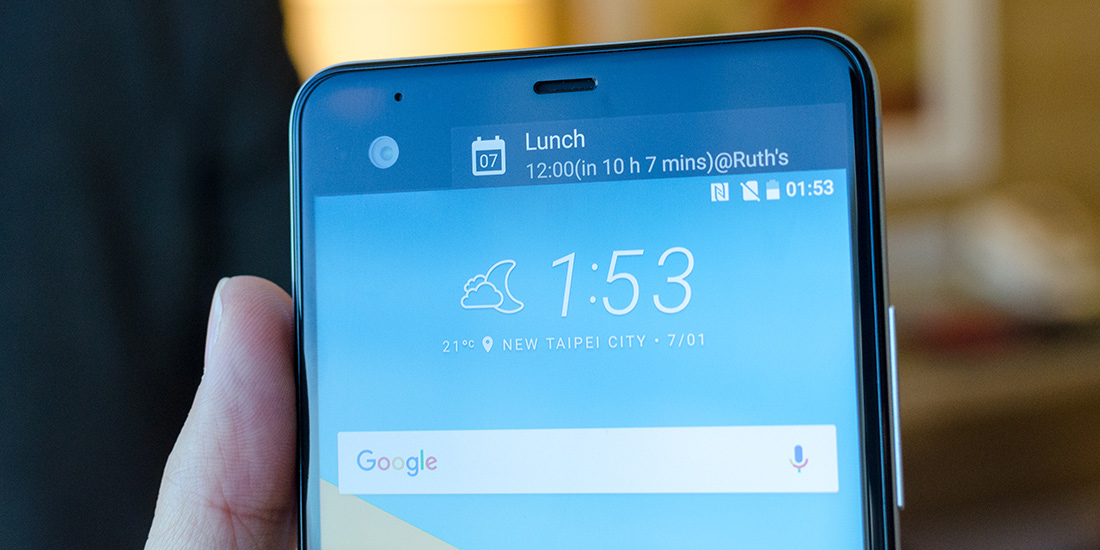
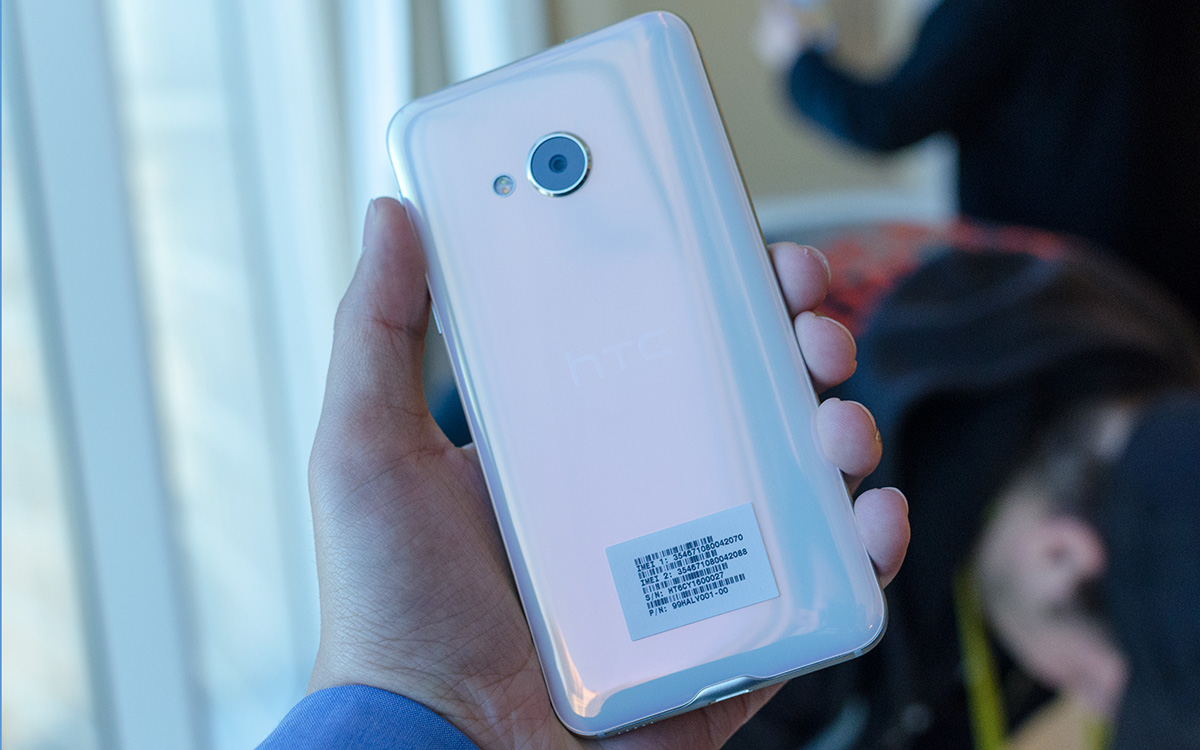
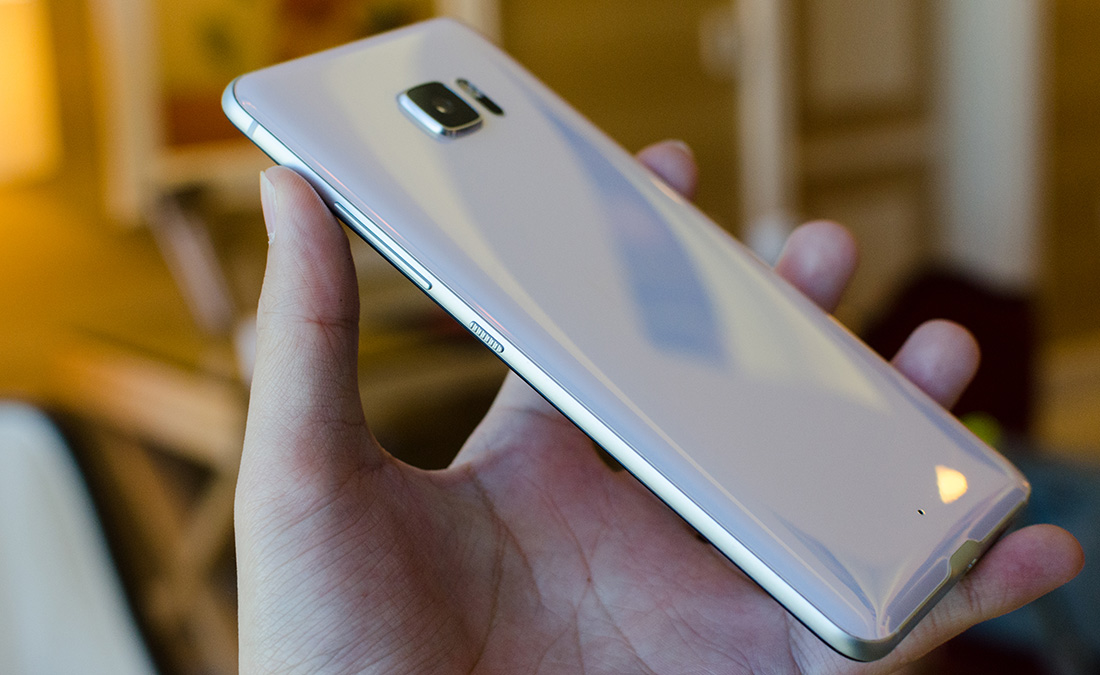
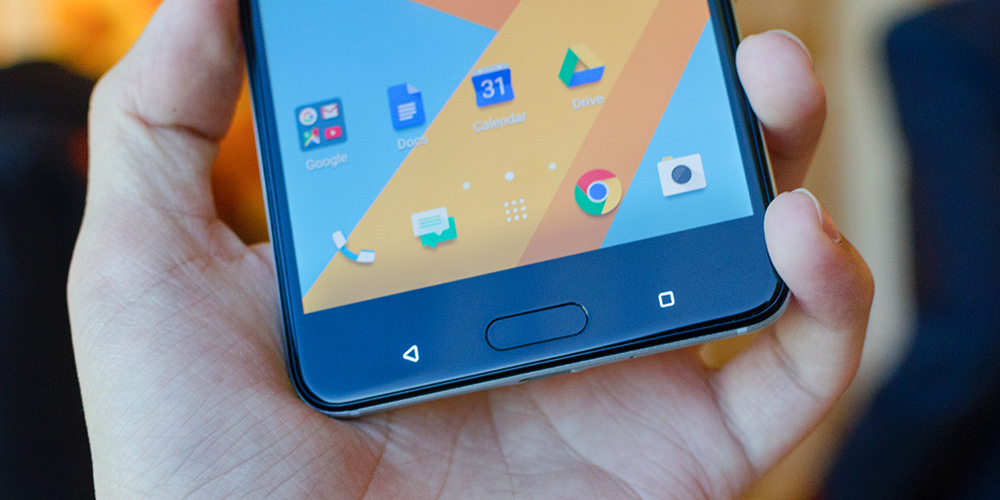








36 Comments
View All Comments
philehidiot - Thursday, January 12, 2017 - link
List of issues here:Battery life is likely poor on the Ultra - surely that battery can not be big enough for that screen? If it's just about acceptable when new, it'll start becoming an issue after 12-18 months and a few hundred charge cycles. The "AI" to detect when you're not going to make it through the day sounds like a spin on "if you use your phone too much, we'll gradually cripple it in the brackground to compensate for our small battery". Perhaps they didn't want a Note 7 fiasco? Samsung can survive that but HTC would be dead.
Glass case - hate hate hate. I drop phones and glass cracks. They say "get a case". So I spent a fortune on a phone that sells on its looks and have to cover it with a case which ruins those looks because it's not strong enough to survive a drop. I know someone with an S7 which has acquired a crack and hasn't even been dropped.
IP rating? Not mentioned anywhere so we can assume they aren't waterproof / resistant. Not good enough for a top end phone. Acceptable in mid range.
SoC choice in Play - the MediaTek one probably isn't too bad to be honest but the modem is only cat 6 which isn't good enough for me. Also LPDDR3 and eMMC are probably mandated by this SoC choice. Depending on price this could be an issue - if they aim it at midrange then it'll probably be fine but there's a lot of competition and these could be performance affecting when you get a few apps running on there. As for the Ultra - S821 running at lower clockspeed means this is going to be a very brief flagship product. Seems an odd time to release something that is going to be surpassed very shortly by a slew of competitors.
I'm not a fan of these ever bigger screens - I have size 7 hands and 5.2" is the limit for me. It seems like LG are going for a big screen in the G6 and if the S8 only comes in an edge version it'll make life very difficult for me. I have a 7" tablet, why do I want a near 6" phone?
In short, this Ultra won't sell well. Battery too small, not waterproof (it would seem) and has an SoC which will be surpassed by the next generation very shortly. Also robustness should be taken into account and when you add on a case this becomes a very big phone.
The Play may well sell well if the price is right. But it had better be competitive.
As for the headphone port - I regularly charge my phone and listen to music at the same time using decent headphones I've paid a lot of money for. I don't want to have to shell out for an adaptor which I'll lose or forget when I want it. That said, the audio on most phones doesn't really come up to scratch for proper music so I suppose it's not a deal breaker but it's damned annoying. To compromise both on battery size and the bloody headphone port is just silly.
One thing I do like is the separate buttons for home, back and so on. I much prefer having these present all the time without having to sacrifice screen space but this is a personal preference.
/rant.
Despoiler - Thursday, January 12, 2017 - link
The main reason for the addition of a smaller screen is actually to save battery life. I had an LG V10. Terrible phone BTW, but loved the smaller screen. My most common use was to control streaming music, which I have playing almost my entire work day. The main screen has to be used so much less than normal. Your use cases might vary of course.philehidiot - Thursday, January 12, 2017 - link
That's fair enough, a good point actually. I think for me probably not of much use but good shout.Laxaa - Thursday, January 12, 2017 - link
No wireless charging is strange, considering the glass construction. Should be fairly easy to implement, and allows for listening to music while charging.negusp - Thursday, January 12, 2017 - link
The least they could've done is use OLED for the second screen.Trixanity - Thursday, January 12, 2017 - link
If they were to do that, then why not just use OLED for the entire display and implement always on for that? This is the best way to have always on functionality for LCD without sacrificing battery life.negusp - Thursday, January 12, 2017 - link
Why is it the best way? Small OLED screens are readily available, and IMO IPS LCD is generally better for general usage in terms of battery life.So, you have an OLED ticker, and an LCD main.
philehidiot - Thursday, January 12, 2017 - link
Perhaps difficult to match the characteristics of the two types of screen? Might look disjointed with different brightness, contrast and saturation and controlling both so they're matched would probably be more trouble than it's worth.Trixanity - Thursday, January 12, 2017 - link
Why do you insist on an OLED display for the second screen? It looks like it will be displaying white primarily so unless it's a monochrome OLED display, you might end up with the same or higher power consumption than the current LCD solution. Also, I wouldn't be surprised if it's LG supplying the displays, so it's probably a package deal that's easy to integrate. Also, you won't have to worry as much about potential burn-in from the always-on functionality.fanofanand - Thursday, January 12, 2017 - link
This looked interesting until I saw $749. Handset makers are going to have to adapt to the new cell phone market which is that of a saturated market. $749 handsets might still be bought by the "tech vanity" crowd, but most of those people buy iPhones. It's too bad because HTC is one of the better manufacturers.